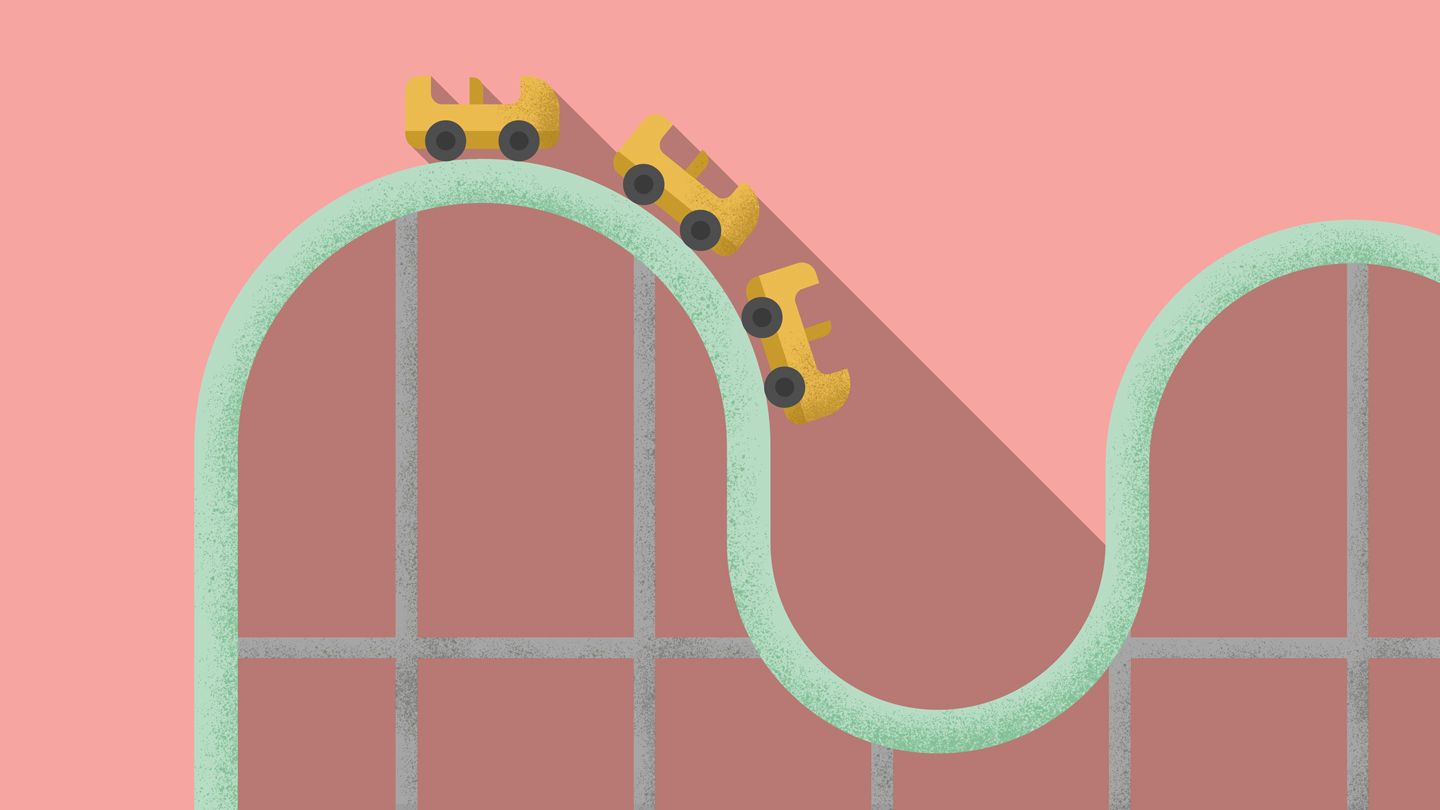Glucose, or blood sugar, comes from two places: the food you eat and your liver. “Blood sugar is basically used to supply energy to the body,” explains Deborah Jane Wexler, MD, chief of the diabetes unit at Massachusetts General Hospital in Boston. For instance, one of your most valued organs, your brain, runs entirely on glucose, she says.
Insulin moves glucose into cells to be used for energy. When you have type 2 diabetes, your body doesn’t produce enough insulin or can’t effectively use the insulin it does produce. Without insulin, glucose builds up in the blood, leading to high blood sugar levels. Blood sugar may also rise if you eat a meal high in carbs, don’t take enough insulin or other diabetes medication, or have emotional or physical stress.
Low blood sugar can occur when you take too much insulin or other diabetes medication, skip a meal, eat fewer carbohydrates than usual, or increase your physical activity.
Monitoring blood sugar — by making sure it doesn’t spike too high or dip too low — is an important part of managing type 2 diabetes.
You can start by learning the signs of low blood sugar (hypoglycemia) and high blood sugar (hyperglycemia) and what steps to take to bring those levels back to normal.
Hypoglycemia: If blood sugar is too low (usually below 70 mg/dL) you may have symptoms such as confusion, dizziness, nausea, nervousness, sweating, and tremors. You could even pass out, according to the ADA.
What to do: Follow the 15-15 rule. Have 15 grams of fast-acting carbohydrates — such as three or four glucose tablets, 4 ounces of fruit juice or regular soda, or a tablespoon of sugar — to raise your blood sugar, wait 15 minutes, and then check your blood sugar. If you’re still not in the target range, have 15 more grams of carbs. Repeat these steps until your blood sugar is back up to normal.
Hyperglycemia: Signs of high blood sugar include excessive thirst and urination, blurry vision, and fatigue. High blood sugar can be a problem for two reasons. Over the long term, high blood sugar quietly damages the small vessels of the eyes, kidneys, and nerves, leading to serious complications, such as blindness, kidney damage, and nerve damage. In the short term, it can cause excessive urination and weight loss. It may also pose a threat of coma or death. If your blood sugar is over 240 mg/dL, you may be at risk of ketoacidosis (when your body produces high levels of blood acids called ketones), which requires emergency care, according to the ADA.
What to do: If blood sugar levels are too high, exercise can help bring them down. The exception is if your blood sugar is above 240 mg/dL and you have ketones. In this scenario, exercising may spike your blood sugar even higher, according to the ADA. Talk to your doctor about the safest way to lower your blood sugar if this is the case.
Your doctor may also recommend testing your blood sugar throughout the day to keep track of your levels and find out what impact food, exercise, and other activities have on your blood sugar. You should also see your doctor at least twice a year for an A1C test, which gives an overall picture of your blood sugar control over the previous two to three months.
“We strive to keep A1C under 7 percent for most people with diabetes,” says Dr. Wexler. Blood sugar that isn’t well controlled can make it hard to hit that goal.




